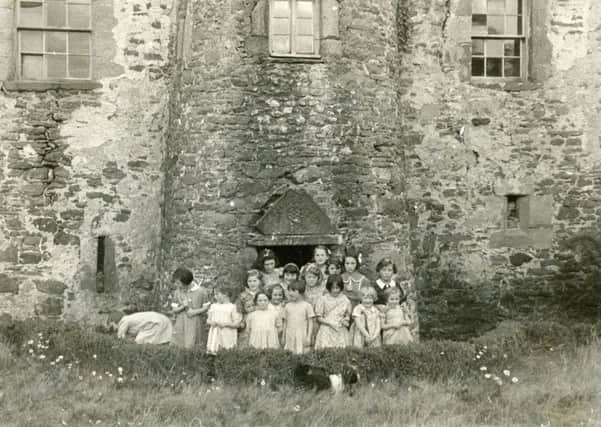Revealed: mass evacuation and culture clash at outbreak of war 80 years ago


With the outbreak of war expected at any moment – and fearing mass casualties from a sustained German bombing campaign – plans were drawn up for the mass evacuation of women and children from Britain’s major towns and cities.
Over the course of three days from 1 September, 1939, when Hitler invaded Poland and before Britain declared war on Nazi Germany, 1.5 million children, mothers with infants and other vulnerable people were evacuated to areas out of the Luftwaffe’s reach.
Advertisement
Hide AdAdvertisement
Hide AdOperation Pied Piper – the Government Evacuation Scheme – was overseen by the Ministry of Health, working closely with the local councils, teachers and railway staff.
But the British authorities also turned to the backbone of the home front – the Royal Voluntary Service (RVS).
The organisation was formed in 1938 by Lady Stella Reading as the Women’s Voluntary Service for Air Raid Precautions as Britain prepared for war.
More than one million women joined the RVS during Second World War and thanks to their tireless efforts the “women in green” – as they became fondly known – were central to winning the war.
The evacuation was voluntary, but the fear of bombing, the closure of many urban schools and the organised transportation of school groups helped persuade families to send their children away.
The RVS met tired and apprehensive evacuees at railway stations, ran reception centres and organised the feeding, clothing and billeting of the women and children.
To mark the 80th anniversary of the outbreak of the Second World War, the RVS has opened its archive in Devizes, Wiltshire.
Life in the countryside proved a difficult experience for both the host families and the evacuees, with many hosts having to buy clothing for the children. Many inner city evacuees had never seen farm animals and poverty was seen as neglect, although some farmers were grateful for the influx of youths to help work on the land.
Advertisement
Hide AdAdvertisement
Hide AdSome householders refused to allow the evacuees to use the cooking and washing facilities and turned them out of the door each morning, telling them not to return until the evening.
A report from the Caernarfon branch in September 1939 stated that North Wales had been treated “abominably” in re-homing families from Liverpool. “The women were filthy, verminous and in some cases diseased, they were abusive, refused to be separated from their friends and [were] quite without manners or morals,” the report said.
“They went back in droves within a week, but they have made it impossible for us to take others.
“The children were verminous, but carbolic baths worked wonders. There is a nasty spirit among the mothers and some of the children.”
Within a few weeks of the outbreak of war, many mothers and children had left the countryside and returned to their extended families after the widely anticipated bombing campaign had failed to materialise.
By early 1940, it was estimated around 80 per cent had returned home.